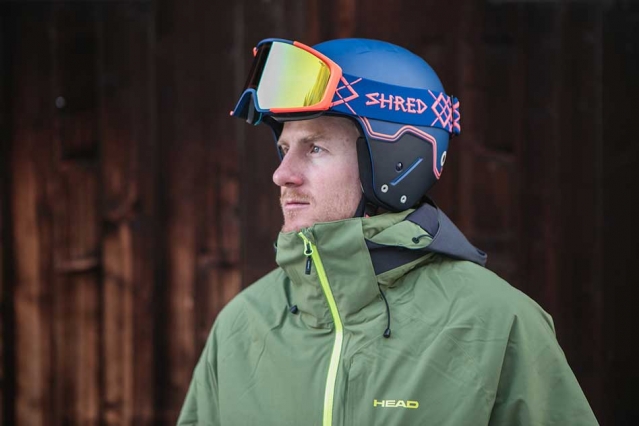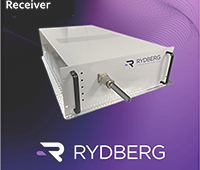
Ted Ligety wearing the helmet and goggle collection that Shred will be debuting at the Olympics. MIT students and faculty helped enhance the lens technology used in the lenses of these goggles. Image: Luca Crivelli
Despite strapping on ski goggles, winter sport enthusiasts still have to deal with the nuisance of flat light on the slopes.
However, researchers from the Massachusetts Institute of Technology (MIT) have begun to tackle the common enemy of skiers, by looking to improve the lenses in ski goggles to eliminate flat light. Flat light occurs on overcast days when light diffuses through moisture in the air, creating a whiteout effect that makes shadows and colors difficult to see.“For racers, a difference of seconds can exist between how they perform in the sun and how they perform in flat light,” American alpine skier and two-time Olympic gold medalist Ted Ligety said in a statement. “You have so much more confidence to push hard in good light.”
While mitigating the impact of flat light could help highly competitive athletes like Ligety, it also would be beneficial for recreational skiers
The research team sough to first determine which ski goggles on the market provided the best performance and then analyze the lens’ properties and characteristics.
“We used some machine-learning clustering algorithms to see if there was a particular combination of characteristics in the goggles users liked,” second-year mechanical engineering major Charlotte Folinus said in a statement.
To test the lenses, the researchers replicated flat light conditions by simulating the flat-light effect within a dark room. A group of 30 volunteers then tested and rated a number of goggles in a controlled environment. Each participant was asked to look into a box that had been outfitted to mimic the sun’s natural spectrum.
A material formulated to resemble the snowpack was placed in the box to simulate the contours of a ski slope. Each participant was given a control goggle and a test goggle that they could switch between at will.
Following participant feedback, the team took high-resolution images through each lens and performed a spectrum analysis, examining contrast, brightness and other parameters.
“In engineering and science, we gather a lot of numbers,” Folinus said. “To make something important happen, you have to help people make sense of those numbers.”
The researchers, along with the company they formed called Shred, will continue to test and research the googles so they can completely eliminate flat light.
“It entirely changes the dynamics of skiing to be able to ski in flat light with the confidence one has in the sun,” Ligety says. “We’re close to neutralizing the effects of flat light and we’ll keep working together with the MIT Sports Lab to support the students’ research in this area.”




